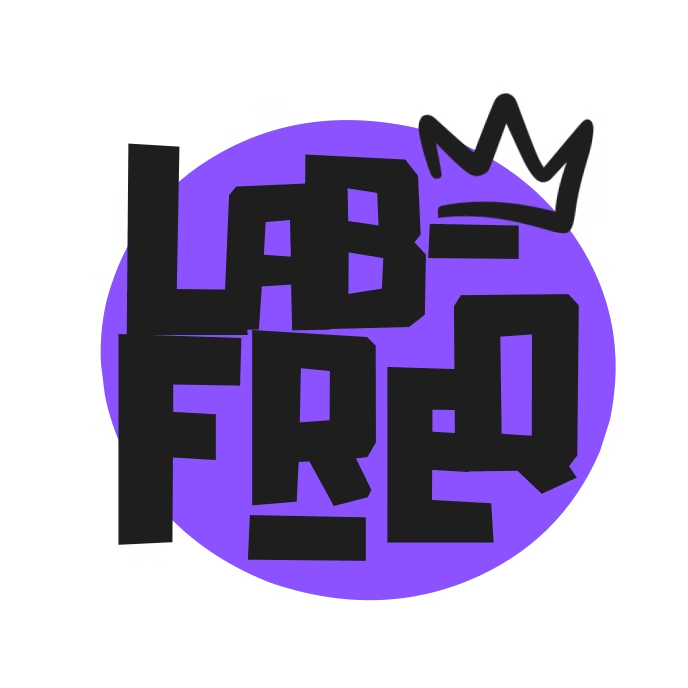Overall
-
Design/UI
(3.5)
-
Sound Library & Effects
(3)
-
Features
(4.5)
-
Stability
(4.5)
-
Price
(5)
Summary
REAPER is a Digital Audio Workstation that seems bare-bones due to its lack of bundled virtual instruments and effects, but more than makes up for it due to the advanced mixing and routing capabilities on board. It also seems a lot more stable than it’s counterparts.
Pros
- Low CPU resources required, yet fully-featured
- Available for Windows, macOS, and Linux
Cons
- Few Native Effects, even fewer Instruments
- Bland UIs for the internal Instruments and Effects
One of the more low-key studio secrets, REAPER is a bare-bones DAW with so many hidden abilities it’s considered a swiss-army-knife of audio production software. It’s unassuming, bland UI may appear off-putting – but don’t judge a DAW by its color.
For those not familiar, REAPER is an acronym for Rapid Environment for Audio Production, Engineering, and Recording. And it’s one of those no-frills programs where Cuckos the company behind it doesn’t try to spellbind you with sound libraries and plug-ins hidden behind souped-up marketing talk.

Nonetheless, Reaper is a complete digital audio workstation – offering audio and MIDI recording, editing, processing, mixing, and mastering. It’s used in commercial and home studios, broadcast, location recording, education, science and research, sound design, game development, etc.
While the company behind REAPER may not be prone to partnerships with other brands to bundle instruments, effects, or sound content – the DAW is compatible with all third-party plug-ins and formats.

Internally, REAPER only has three instruments available. The first and most extensive is SamplOmatic 5000, which handles samples. The second is ReaSynth – which can handle sound fonts. That’s it. If you want to use REAPER for music production/sound design – you’d want to invest in a third-party instrument and effects collection.
On the plus side, REAPER is budget-friendly – offering a simple licensing structure where you can purchase the program for $60 discounted license or $225 commercial license for companies. The only requirements there are to qualify for the discounted license is being an educational or non-profit organization, or an individual using REAPER only for your personal use. The $225 commercial license is for individuals and businesses using REAPER commercially and earning more than $20,000 annually.

SamplOmatic5000 
ReaSynth 
ReaSynthDr
Another plus is that REAPER is one of the few DAWs that are not only available for macOS and Windows – but Linux as well. We tested REAPER on a System76 laptop running PopOS, and it runs as smoothly as it does on Macs and Windows devices. The thing about companies like Cuckos building their DAW to be compatible with Linux, it truly opens the possibilities for recording studios to embrace open source – as DAW and music production programs is underdeveloped on Linux.

REAPER’s Extra Features
One thing that I consider an advantage of REAPER is the way it handles audio files. It has an Acid-engine like algorithm where audio files becomes elastic under the tempo of a project. You can set a project to the tempo of an imported audio file, if the BPM is embedded into the metadata of the file.

There is also an extensive Project Rendering Window where Metadata can be added to an export of a project and embedded into the file – including Album Art.
A few other features are the ability to use audio and MIDI within the same track. Also the ability to route audio and MIDI to any other track, allowing for some truly creative results. It also comes with a nice theme engine, and users can even customize REAPER to their own satisfaction.
Conclusion

To some things up, the closest thing that comes to mind when using REAPER – is Sony’s ACID Pro DAW. The ability to handle audio files and create loops. But the way REAPER does things is a lot more agile, flexible and powerful than the latter. It’s very stable as well, having not crashed once during our review process. While REAPER might not be the best out-of-the-box solution for an EDM or Hip-Hop producer who needs a plethora of tools in their arsenal. But for bands who want multitrack recording multiple real world instruments simultaneously, harmonizing choirs or vocal groups – you may find yourself at home.
Share this content:


EXCELLENT ARTICLE 🙂!